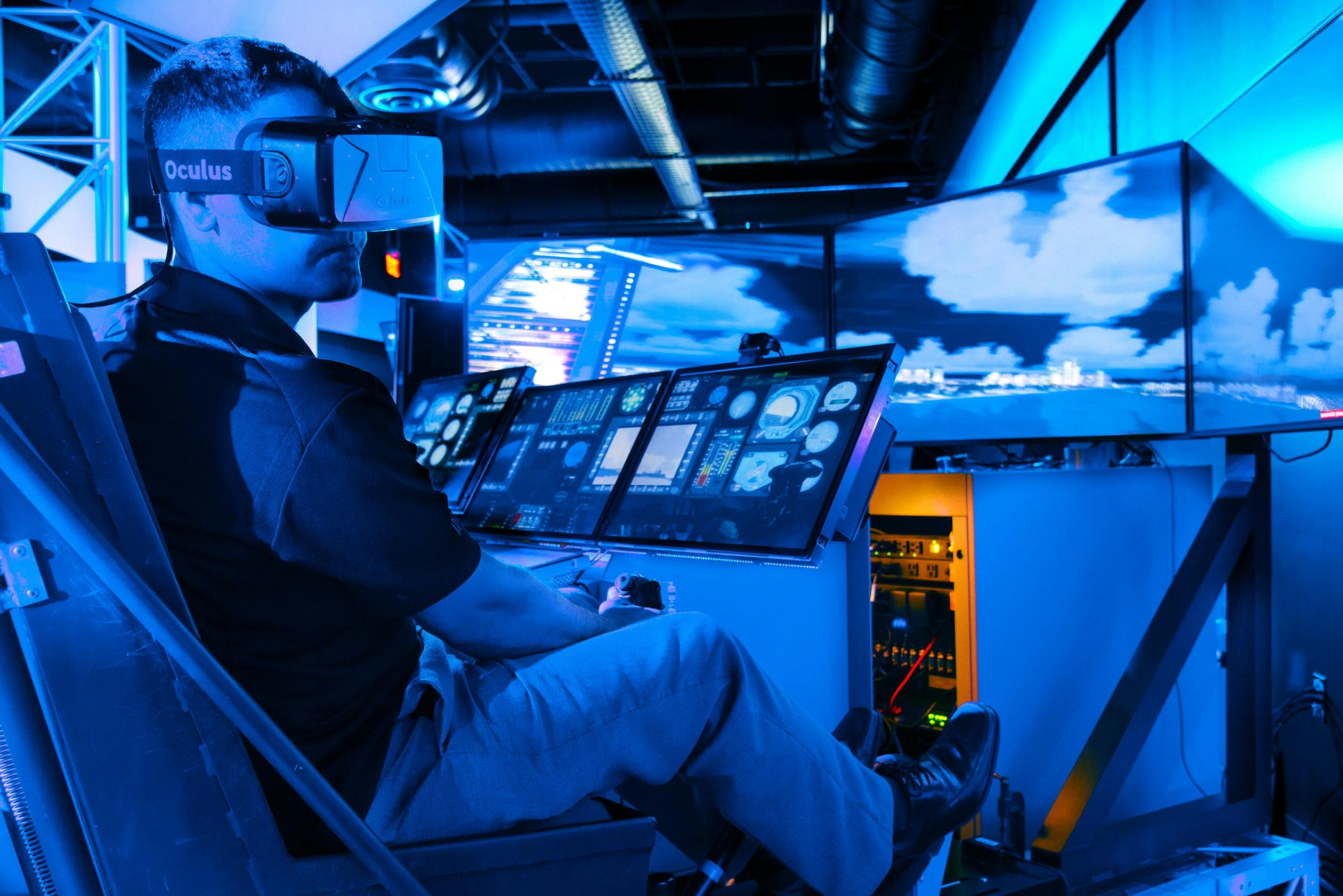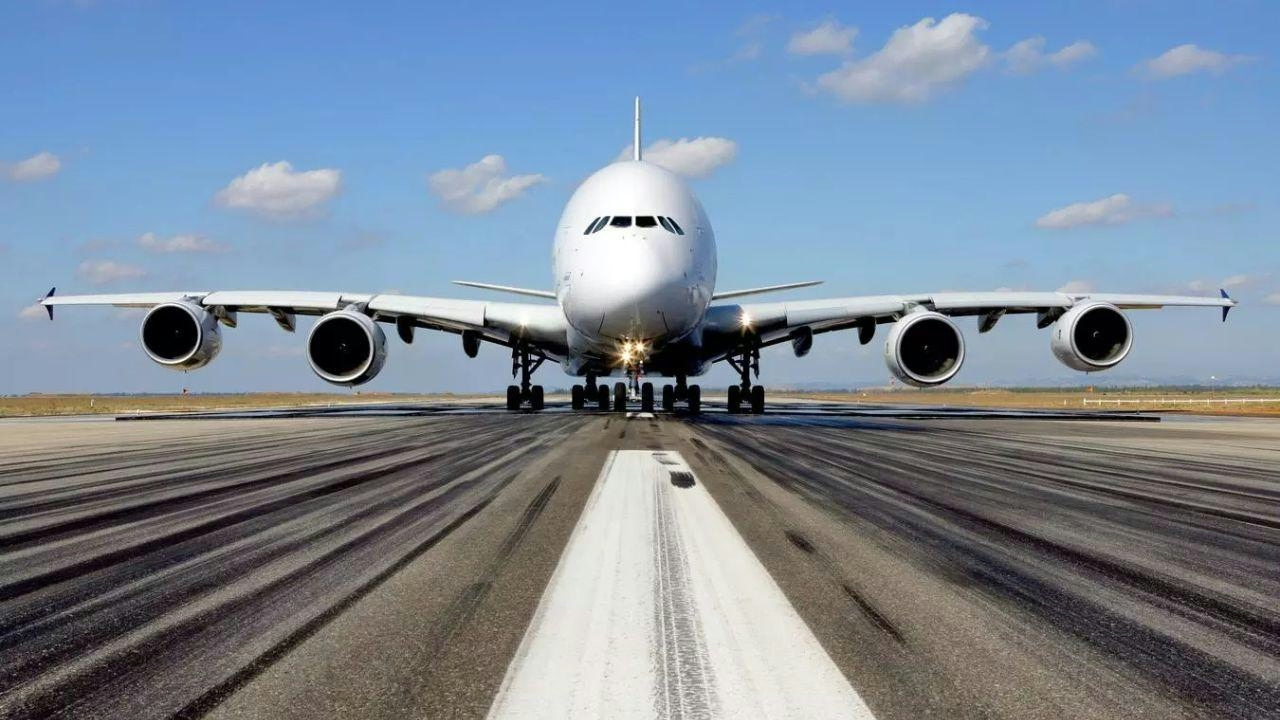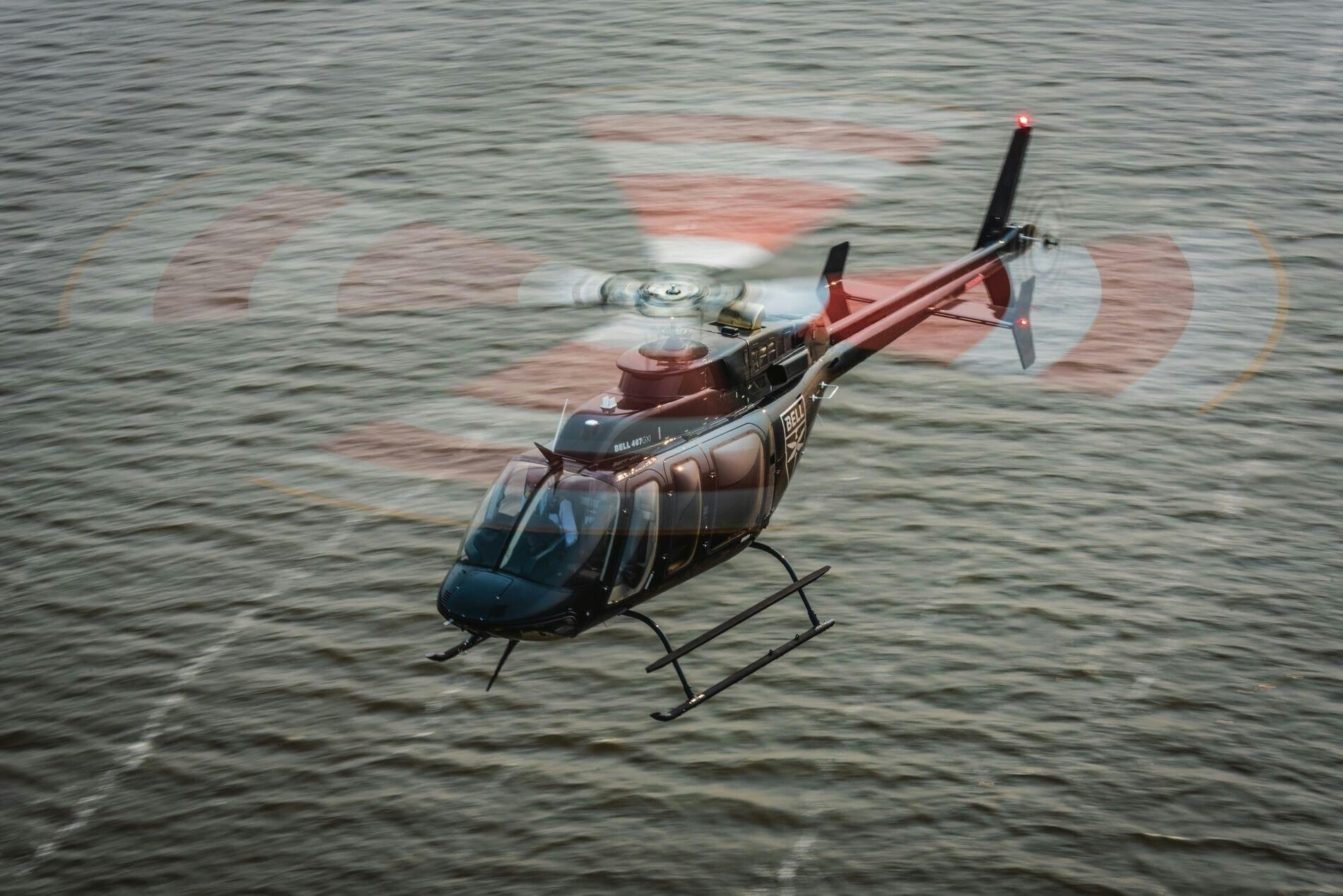
AeroGenie - مساعد الطيار الذكي الخاص بك.
الرائج الآن
Categories
Bay Area Teen Develops AI Tool to Aid Pilot Navigation

Bay Area Teen Develops AI Tool to Aid Pilot Navigation
A Bay Area teenager has introduced an innovative artificial intelligence system aimed at enhancing pilot safety, particularly in airports lacking comprehensive ground support. Eighteen-year-old Mizan Rupan-Tompkins, a licensed pilot with expertise in computer science and AI, created "Stratus," an autonomous co-pilot tool designed to monitor pilot communications in real time. The system identifies irregularities and potential hazards before they escalate, offering an additional safety layer at the 85% of U.S. airports that are either low-resourced or operate without air traffic control towers.
Addressing Risks at Uncontrolled Airports
Rupan-Tompkins drew inspiration from his own experiences, having encountered multiple near mid-air collisions. He emphasized the urgency of preventing similar incidents for other pilots. While major airports benefit from dedicated air traffic control, many smaller or regional airports rely on the Common Traffic Advisory Frequency (CTAF), a system where pilots coordinate among themselves without centralized oversight. This "uncontrolled" environment demands heightened vigilance, as no single authority manages communications.
In the Bay Area, airports such as Half Moon Bay and Byron operate without control towers, while others like Hayward and Reid-Hillview become un-towered after hours. These conditions compel pilots to depend heavily on personal judgment and communication, increasing the risk of miscommunication or oversight. Stratus aims to mitigate these risks by providing continuous AI-driven monitoring and alerting capabilities.
Industry Perspectives and Future Challenges
Scott Miller, a commercial airline pilot and aviation lecturer at San Jose State University, expressed strong support for the technology, noting its potential to revolutionize safety at uncontrolled fields. He remarked, “I think there’s a huge use for that. I think he’s really onto something with this. I never contemplated having AI monitor uncontrolled fields and be able to actually activate a response. Beautiful.”
The aviation sector is renowned for its stringent safety standards, yet experts acknowledge existing system limitations. The Federal Aviation Administration (FAA) is currently pursuing modernization efforts, with Congress recently approving $12.5 billion for air traffic control upgrades. As these advancements unfold, integrating AI solutions like Stratus could play a critical role in enhancing operational safety.
Nonetheless, the adoption of AI in aviation faces significant regulatory and technical challenges. Ensuring compliance with complex aviation regulations and achieving seamless integration with existing technologies will be essential. The competitive landscape includes established aviation technology firms accelerating their own AI initiatives, which may influence market dynamics. Interest from aviation companies and potential partnerships could facilitate Stratus’s adoption, but regulatory approval and interoperability remain key obstacles.
Rupan-Tompkins’s development of Stratus exemplifies a broader trend of embedding AI into professional workflows across industries. As artificial intelligence continues to transform various sectors, this innovation underscores both the promise and the complexities involved in introducing advanced technology into the cockpit.

Europe Advances Aviation Sustainability Through SAF Mandates and Innovation

Lufthansa's Fleet Plans for 2025

Fifteenth National Games Model Aviation Finals in Longhua Showcase Drone Sports and Innovation

Brazilian Woman Becomes First Female Captain of Airbus A380

Airbus and Boeing: Comparing Their Global Reach

Vietjet Orders 100 Airbus A321neo Jets, Strengthening UK-Vietnam Strategic Partnership

The Aircraft Set to Replace the Iconic Superjumbo

Delta Air Lines Introduces AI-Powered Concierge Service

Shanghai to Host 2025 North Bund International Aviation Forum
